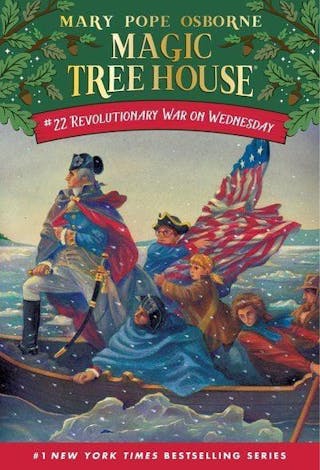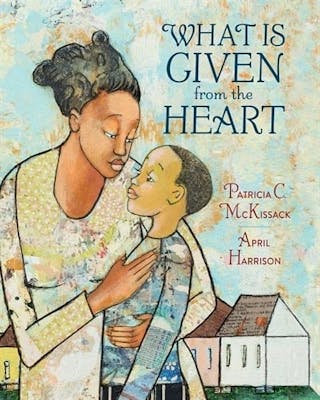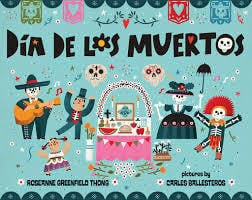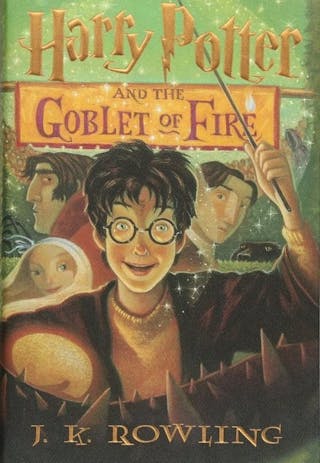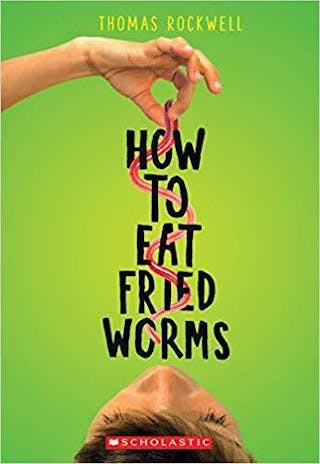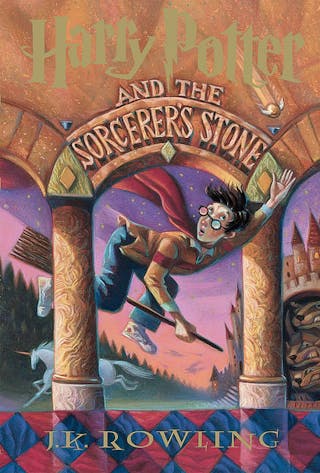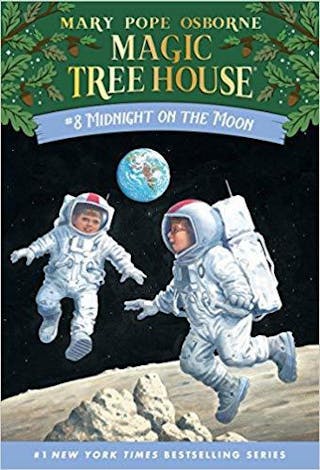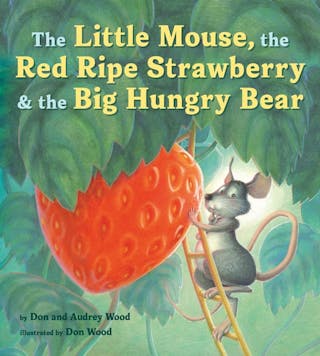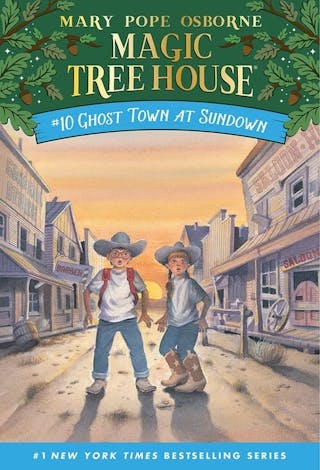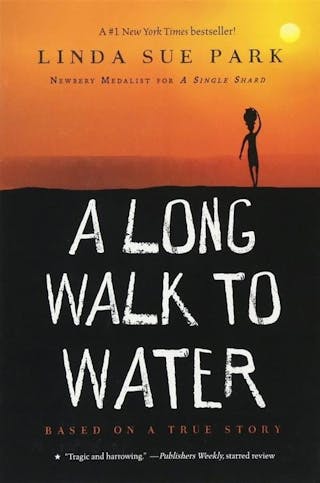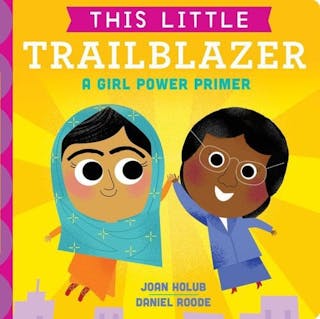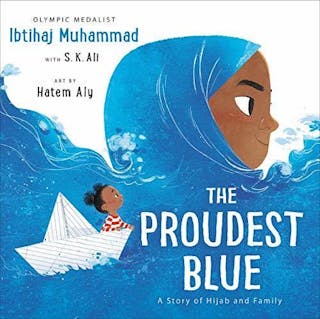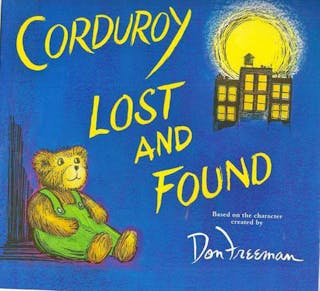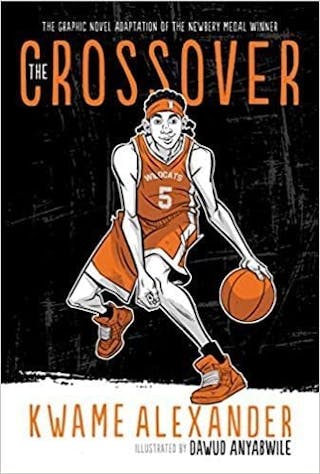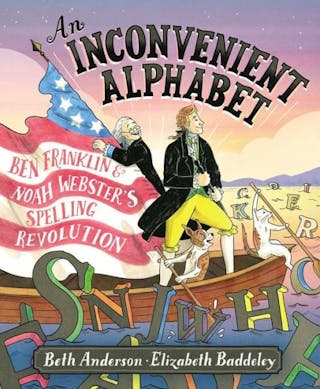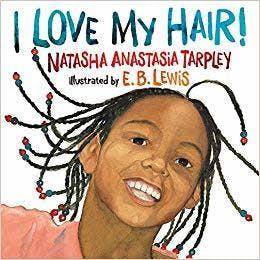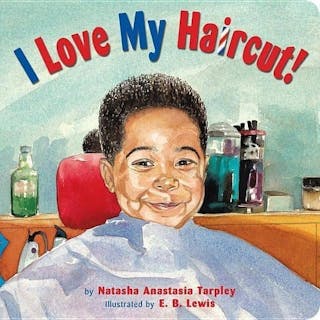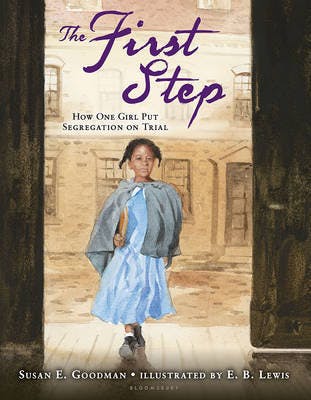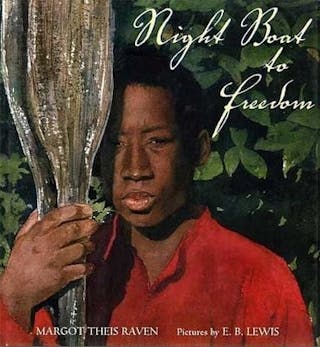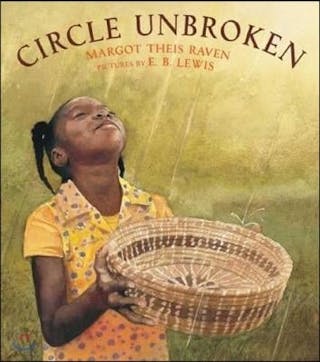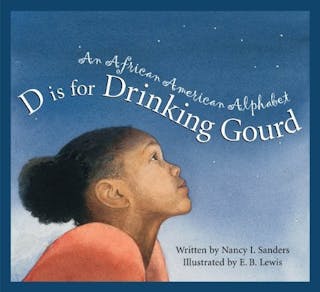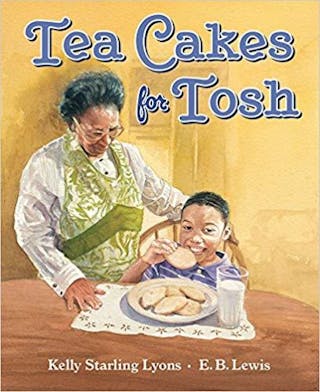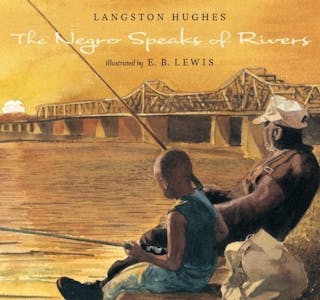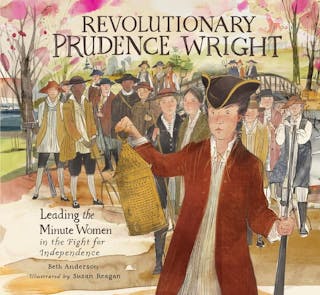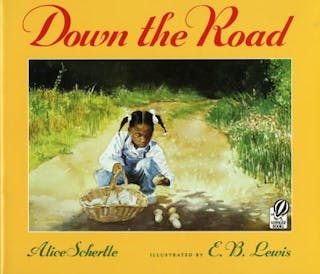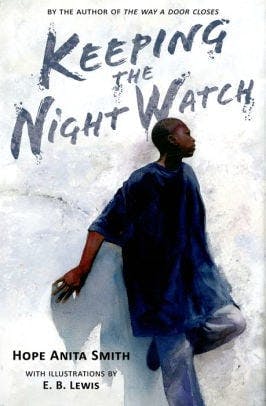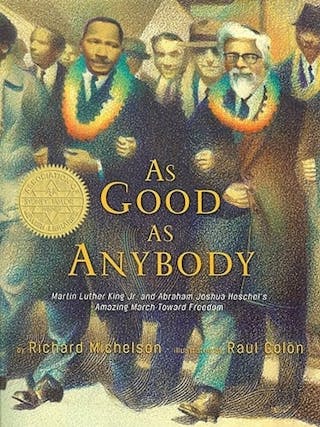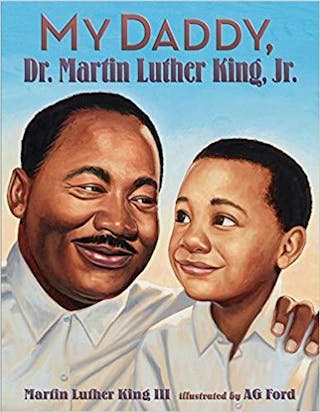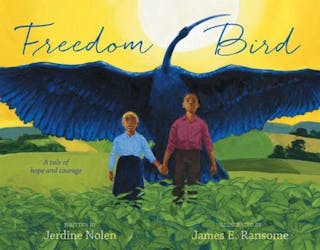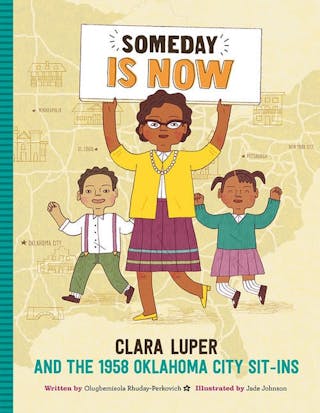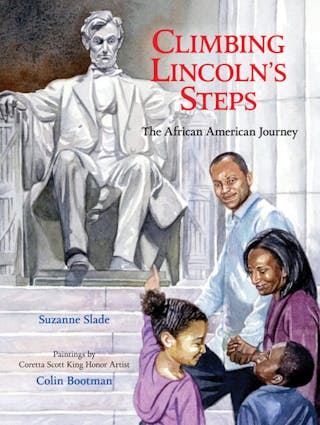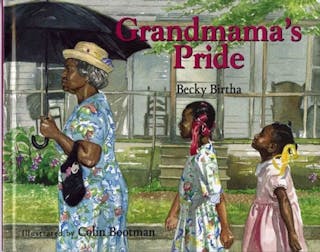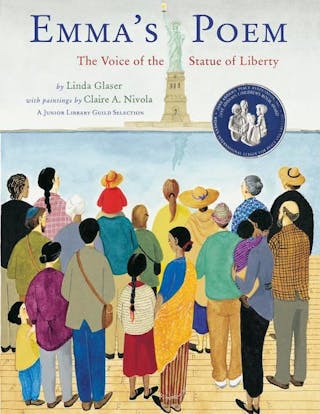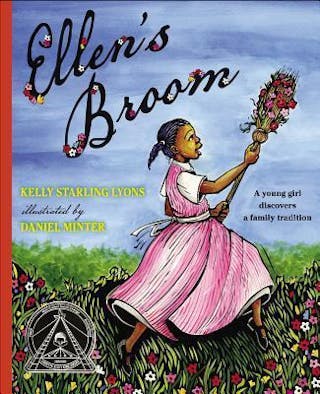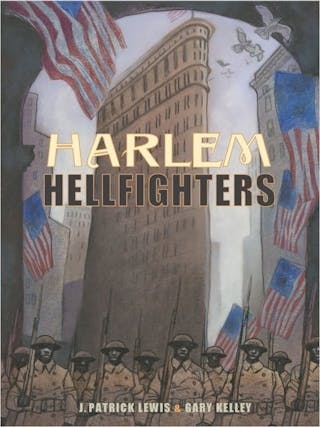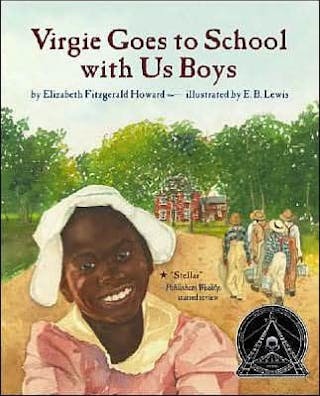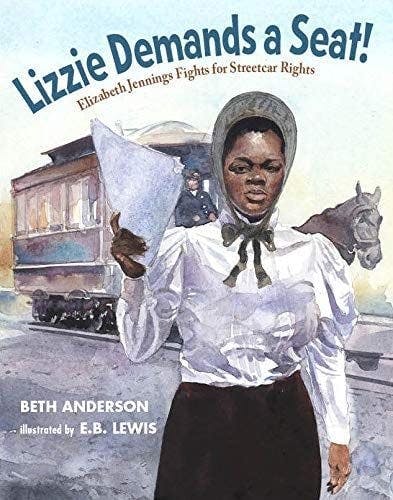
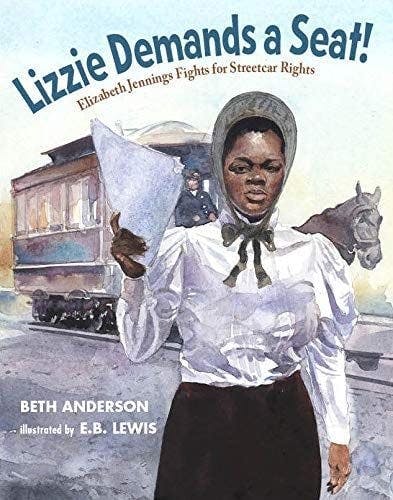
Lizzie Demands a Seat!: Elizabeth Jennings Fights for Streetcar Rights
What's This Book About
In 1854, Elizabeth “Lizzie” Jennings, an African American schoolteacher, fought back when she was unjustly denied entry to a New York City streetcar, sparking the beginnings of the long struggle to gain equal rights on public transportation. One hundred years before Rosa Parks took her stand, Elizabeth “Lizzie” Jennings tried to board a streetcar in New York City on her way to church. Though there were plenty of empty seats, she was denied entry, assaulted, and threatened all because of her race–even though New York was a free state at that time. Lizzie decided to fight back. She told her story, took her case to court–where future president Chester Arthur represented her–and won! Her victory was the first recorded in the fight for equal rights on public transportation, and Lizzie’s case set a precedent. Author Beth Anderson and acclaimed illustrator E. B. Lewis bring this inspiring, little-known story to life in this captivating book.
What Kind of Book is Lizzie Demands a Seat!: Elizabeth Jennings Fights for Streetcar Rights
Primarily about
Topics
Locations
Race, Ethnicities, & Nationalities
What Questions Should I Ask My Child
- Why do you think no passengers or onlookers objected to Lizzie's treatment?
- What do you think would have happened if Lizzie had lost her temper?
- How do Elizabeth Jennings' actions compare to Rosa Parks?
- How does understanding this history help you understand our world today?
Reviews
“…Anderson’s third-person text allows readers under Lizzie’s skin as her indignation at injustice mounts. Children will readily recognize both the conductor’s capricious cruelty and Lizzie’s anger that “being born a ‘free black’ in a ‘free state’ ” does not mean being “treated as equal.” Lewis’ dappled watercolors depict the action and extend it… Necessary.”
“…Anderson’s vivid, well- researched narrative includes dialogue that “closely follows” accounts of Jennings’ experience that appeared in newspapers at the time. Using brighter hues than his usual palette, Lewis creates a series of vibrant, expressive watercolor paintings that transports viewers back in time, while portraying characters as distinct individuals. A memorable picture book introducing a nineteenth-century defender of civil rights.”
“…When Jennings is thrown off the streetcar, shown in a dramatic spread, a white witness steps forward, and Jennings decides to take her case to court—a risk: “if she failed to win, she could make it worse.” But, supported by her community, she does win, notching the first victory in what would become a 100-year-long battle to end segregation on public transportation. Shimmering jewel-toned watercolors blur and delineate details in Lewis’s paintings…”
“…The well-chosen language—“She’d been rejected, restricted, and refused by schools, restaurants, and theaters”—is a pleasure to read aloud. Departing from the somber palette he used for Jabari Asim’s Preaching to the Chickens, Lewis employs pastel colors, shades of blues, pinks, and purples, and plenty of background yellow to portray the characters and their surroundings. This lightens the story and supports its positive outcome. Shadowy background figures remind careful readers of the larger community that supported Jennings and were affected…VERDICT An important story beautifully told.”
Book Lists That Include This Book
The Creatives Behind the Book
Beth Anderson has always been fascinated by language - yep, a word nerd. A former teacher, she now loves digging into history and culture for undiscovered gems, exploring points of view, and playing with words. Beth is drawn to stories that open minds, touch hearts, and inspire questions. When she’s not writing, she might be weaving, gardening, exploring nature, or playing with her grandkids. Born and raised in Illinois, she now lives near the mountains in Colorado. Beth believes in laughter, learning, and…that truth really is stranger than fiction. Beth has more historical gems on the way. From serious to quirky, she’s found some historical characters we can all relate to. And she’s on the lookout for more…
What Has Beth Anderson Said About This Book
Nothing yet! Let Beth Anderson know that you want to hear from them about their book.
What Has E. B. Lewis Said About This Book
Nothing yet! Let E. B. Lewis know that you want to hear from them about their book.
More Books From These Creatives
Other Books You Might Enjoy If You Liked This Book
Book Details
- ISBN
- 9781629799391
- Publication Date
- January 7, 2020
- Publisher
- Calkins Creek
- Page Count
- 32
- Words Per Page
- 39
- Audience
- Picture
- Reading Age
- 7 - 10 years
- Est. Lexile® Level
- ~561L
- Est. Fountas & Pinnell Level
- ~N
- ATOS® Book Level
- 3.7
- Accelerated Reader® Points
- 0.5
- Accelerated Reader Quiz
- 507860
- Accelerated Reader Interest Level
- LG
Contribute to this page
This page is starting to look fantastic!
Just the barebones.
Are you the author or illustrator? Claim your book.
